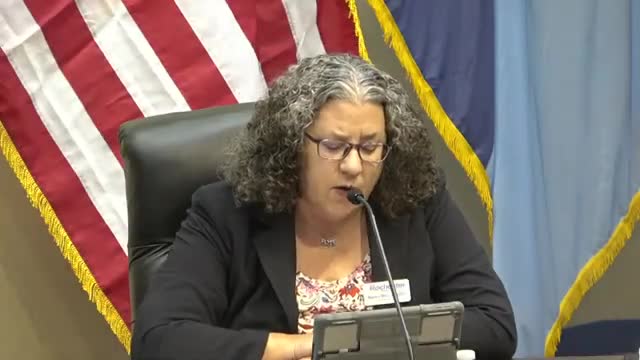School Board Prepares for Crucial Property Tax Levy Vote
September 10, 2024 | Rochester Public School District, School Boards, Minnesota
This article was created by AI summarizing key points discussed. AI makes mistakes, so for full details and context, please refer to the video of the full meeting. Please report any errors so we can fix them. Report an error »

During a recent government meeting, discussions centered on the upcoming property tax levy for the Minneapolis Public Schools, highlighting the complexities of funding K-12 education in Minnesota. The meeting revealed that the current funding mechanisms are largely constrained by state law, limiting the district's options to three types of levies: operating, capital projects, and facilities levies. Director Workman emphasized the community's strong support for public schools, noting that nearly half of Minneapolis students are not enrolled in public schools, yet local revenue generation remains robust.
Superintendent Pickett and Director of Finance Andy Krogstad outlined the process for certifying the proposed property tax levy for 2025, which is set to be an action item at the upcoming September 24 meeting. Krogstad explained that the proposed maximum levy would be $79.1 million, reflecting a 3.6% increase from the previous year. This levy is crucial as it funds essential operations, including the general fund, community education, and debt service.
The board was reminded that while they can propose a maximum levy, the final amount may be adjusted downwards based on budgetary needs. Krogstad clarified that the Minnesota Department of Education (MDE) dictates the maximum levy amounts, and the district must adhere to these regulations when planning its budget.
Concerns were raised regarding the impact of property tax deferrals for senior citizens, with officials confirming that property values are assessed regardless of deferrals. The district maintains a high tax collection rate, typically around 99%, ensuring that funding remains stable despite potential deferrals.
As the board prepares for the upcoming vote, they are tasked with balancing community needs and financial realities, with the final levy amount to be confirmed in December. The meeting underscored the importance of informed decision-making as the district navigates its funding landscape amidst changing enrollment patterns and community expectations.
Superintendent Pickett and Director of Finance Andy Krogstad outlined the process for certifying the proposed property tax levy for 2025, which is set to be an action item at the upcoming September 24 meeting. Krogstad explained that the proposed maximum levy would be $79.1 million, reflecting a 3.6% increase from the previous year. This levy is crucial as it funds essential operations, including the general fund, community education, and debt service.
The board was reminded that while they can propose a maximum levy, the final amount may be adjusted downwards based on budgetary needs. Krogstad clarified that the Minnesota Department of Education (MDE) dictates the maximum levy amounts, and the district must adhere to these regulations when planning its budget.
Concerns were raised regarding the impact of property tax deferrals for senior citizens, with officials confirming that property values are assessed regardless of deferrals. The district maintains a high tax collection rate, typically around 99%, ensuring that funding remains stable despite potential deferrals.
As the board prepares for the upcoming vote, they are tasked with balancing community needs and financial realities, with the final levy amount to be confirmed in December. The meeting underscored the importance of informed decision-making as the district navigates its funding landscape amidst changing enrollment patterns and community expectations.
View full meeting
This article is based on a recent meeting—watch the full video and explore the complete transcript for deeper insights into the discussion.
View full meeting
